What month is best to travel to Orlando Florida?
Before booking a trip to the Orlando area many travelers ask, “What month is the best to travel to Orlando Florida?”
The best month to travel to Orlando Florida is when the weather and crowds suit your preferences. For those who want to turn their Orlando trip into a beach vacation, or need to schedule their vacation around summer break for their children, a visit during Orlando’s high season is often the best bet. The high season is March through April (spring break) June through August (summer break) and mid-December through early January (winter break).
The Orlando weather is at its most tropical during the steamy summer months. Mornings are sunny and hot, with clouds cropping up in the early afternoon and brief but powerful thunderstorms by the mid-afternoon. Fortunately, Orlando is home to four of the nation’s most popular water parks—Typhoon Lagoon and Blizzard Beach at Walt Disney World, Wet ‘n Wild on International Drive, andSeaWorld’s water park Aquatica. Cocoa Beach is a popular destination for Orlando residents and visitors, and is only a few minutes away from Kennedy Space Center. Although the hurricane season is officially June 1 through November 30, the peak season for tropical weather is August and September.
If the heat or the crowds are a turnoff, low season in Orlando is traditionally the months of May, September, November through early December, and January after the holiday crowds have gone home. Temperatures are at their chilliest in December and January, which might be a big deal for Floridians, but northern visitors will find Florida’s winter weather to be comparatively balmy (but bring a jacket anyway).
In between the high and low seasons are the times of year that are known as the “shoulder seasons”—February, late May to mid-June, mid-to-late August, and October. October is a particularly fun time of year because Universal hosts its Halloween Horror Nights—which is definitely not for the little ones—and Walt Disney World’s Magic Kingdom hosts Mickey’s not so Scary Halloween—which is geared for young children. October weather in Florida is similar to mid-summer weather “Up North,” making it an ideal month to enjoy pleasant temperatures, fewer tropical disturbances and lighter crowds. The only downside is the possibility of having to take the kids out of school for a few days to have a vacation.
By: orlandoescape
¿QUÉ TIENES QUE HACER SI LA AEROLÍNEA PIERDE TU EQUIPAJE?
Sin dudas una de las peores cosas que nos puede pasar en un viaje es tener que vivir la experiencia de que la aerolínea pierda nuestro equipaje. Y no es algo tan difícil que pase, cientos de pasajeros cada día son víctimas de estos accidentes.
Afortunadamente, el Departamento de Transporte de EE.UU. ha comenzado a poner en vigencia una ley sobre lo que debe suceder cuando llegues a tu destino y tu equipaje a otro. Por desgracia, esto todavía varía enormemente dependiendo de cada país, cada aerolínea y cada situación específica.
Para ayudarte a entender como podría ser esto en un futuro cercano, te dejamos todo lo que vas a necesitar saber para manejarte en esta situación.
Si el equipaje llega dañado, hacer que la aerolínea pague por las reparaciones
Si un bolso está roto, le falta una rueda, o está de cualquier manera dañado, la línea aérea debe pagar las reparaciones. Por más que no paguen exactamente lo que corresponde, no deja de ser una ayuda y una obligación que ellos deberán cumplir. Lo mismo vale para cualquier cosa que tengas dentro y que se haya dañado, aunque tendrás que probar que habías embalado las cosas adecuadamente, especialmente si el exterior del equipaje está bien.
Si el equipaje se retrasa, repórtalo cuanto antes
La mayoría de los equipajes “perdidos” sólo se retrasan. Ya que las aerolíneas tienen sistemas cada vez más sofisticados de localizarlos, normalmente pueden hacerlo en pocas horas. Lo más probable es que el equipaje simplemente haya ido en el vuelo equivocado.
Sin embargo, es importante que aunque hayas presentado el reclamo, te quedes con un documento que lo registre, o un número de reclamo para luego poder darle seguimiento.
SUGERENCIA: TOMA UNA FOTO DE TU EQUIPAJE ANTES DE QUE TE VAYAS. TE VA A SERVIR EN CASO QUE TENGAS QUE PASAR POR ALGUNA DE ESTAS SITUACIONES.
Revise la letra chica del ticket para informarte sobre las coberturas máximas
Algunas líneas aéreas tienen una cobertura máxima que, por lo general se puede encontrar que en la parte posterior de su boleto. Con esto ya sabrás de antemano cuan cubierto estarás ante cualquier eventualidad.
Prepárate para negociar
Generalmente, vas a tener el derecho de que te devuelvan los “gastos razonables” incurridos mientras que el equipaje no estaba, aunque lo que consideraras razonable podría no estar en sintonía con lo que la aerolínea considera razonable. Es este el momento de sacar las mejores habilidades de negociación.
Desde la regulación DOTs 2009, las líneas aéreas nacionales (para el caso de EE.UU.) el máximo por pasajero de “gastos razonables” es de 3,500 dólares para vuelos nacionales. Pero la realidad, conseguir esa cifra es muy difícil.
¡Ojalá pronto esta regulación llegue al resto de los países!
TIPS FOR YOUR FIRST VISIT TO MIAMI, FLORIDA
Miami, Florida, doesn’t need much of an introduction. It’s a glamorous and glitzy destination that has everything you need for a dream holiday. People from all over the world flock to Miami to enjoy the glorious Florida sunshine, world-class beaches, iconic Art Deco architecture, and buzzing nightlife that makes it one of the most popular beach holiday destinations in the world.
Miami is also known as the Magic City, and it’s a popular destination with celebrities. It’s not just for the jet set, though. Everyone will find something to do in Miami, as the city also has a tantalising food scene, vibrant Latin influences, Cuban culture, cutting-edge art galleries, and family-friendly attractions. To make the most of your trip to the Magic City, follow my top tips as you plan your first visit to Miami.
Choose the Location of Your Hotel Carefully
There are so many hotels to choose from in Miami, and it goes without saying that the one you choose will have a big impact on your holiday. Take the time to research, read reviews, and make sure the hotel you choose has all the facilities you need.
Before you book a hotel in Miami, think carefully about what you want to get out of your dream holiday, and find a suitable location. Be aware that Miami is larger than you might think. Many people think that Miami and Miami Beach are one place, but they are two separate cities linked by a series of causeways. A Miami hotel in a central location can save you hassle, time, and taxi money, leaving you better equipped to enjoy your holiday.
Miami Beach and South Beach are lined with colourful Art Deco hotels, and these areas are some of the most popular areas to stay in Miami. They’re also the best places to stay if you want to experience nightlife. Many places along Ocean Drive are party hotels, which is great if you want to enjoy late nights of drinking and dancing but less so if you want a quieter vacation or a trip with the family.
Downtown, Little Havana, and the Design District have great shops, galleries, and restaurants, while the suburbs of Coconut Grove and Coral Gables have nice alfresco shopping centers and Mediterranean-style architecture. To escape it all, you can also head to the tropical island of Key Biscayne, which is popular with beach lovers, water sports enthusiasts, and families.
Research the Best Times of Year to Go
Miami is a year-round destination, but it’s wise to consider the city’s weather before booking. This can have such a big impact on your trip, so plan your holiday timing carefully to enjoy the best weather in Miami.
The peak season, when most tourists visit Miami, is December to April. When the rest of the United States is freezing cold, the weather in Miami is mild and sunny with average temperatures of 20 C (68 F). This is also the time when there seems to be a festival or event every weekend, and the attractions, hotels, and restaurants are busiest and most expensive.
It’s hot and steamy between May and September, which is also the tropical rainy season in Miami. Most tourists choose to avoid visiting Miami during this period, as large downpours are a regular occurrence, and hurricanes are a possibility. This is also a time when hotels and restaurants offer big discounts, and the smaller crowds will appeal to some visitors.
Plan Your Attractions and Get a Miami Card to Save Money
There’s so much to see in Miami that you can’t expect to do it all in one trip. To make the most of your time, get a good guidebook like Lonely Planet. It will prove invaluable, as it will save you time on planning your trip, help you decide which attractions to visit, and offer practical tips on getting around.
It’s also a good idea to research the attractions and check out reviews for things you want to see and activities you want to do beforehand. If you’re planning an action-packed break, invest in a Go Miami card, which is a flat-fee discount card that gives you free and unlimited admission to over 25 major attractions in Miami. It’s valid for two weeks and will save you both time and money.
By:global-gallivanting
Tips para viajar a las vegas
¿Quieres visitar el lugar con más marcha del planeta? Echa un vistazo a estos tips para viajar a las vegas.
Estados unidos es un país increíble, con una cultura muy conocida y diversificada.
Es sin duda, el país del sueño americano y también es la mayor potencia económica mundial.
Tiene una sociedad integrada mayormente por personas inmigrantes o hijos de inmigrantes que han esculpido su carácter hasta hacerlo lo que es en la actualidad
Es un lugar al que todos tenemos que visitar por lo menos una vez en nuestra vida.
Existen muchas ciudades que llaman la atención del turista, pero nada como la mundialmente conocida ciudad de Las Vegas.
Si deseas visitarla, sigue leyendo los siguientes tips para viajar a las vegas.
Esta localización ha sido el tema principal de innumerables películas.
Es una cuidad donde se disfruta a lo grande, tanto es la fama que tiene, que se ha creado un lema para esta ciudad “Lo que pasa en Las Vegas, se queda en Las Vegas”.
Consejos y Tips para viajar a las vegas
Cualquier fecha que elijas es excelente para visitar Las Vegas, pero si quieres disfrutar de la ciudad al máximo, entonces debes ir entre lunes y jueves.
En estos días la afluencia de personas en las calles es muy poca y por lo tanto más tranquila para poder visitar todos sus rincones.
Transporte
Esta increíble ciudad cuenta con un servicio de transporte excepcional.
El servicio de autobús es muy eficiente, al igual que los taxis. Pero si de verdad deseas aumentar tu experiencia, te recomiendo que alquiles un coche.
Debido a la alta competencia que existe en este tipo de servicios, las empresas lanzan buenas ofertas que no debes perderte.
Como sugerencia, es mejor que informes si deseas llevar el vehículo a sitios fuera de la ciudad
Los buffets
En Las Vegas puedes encontrarte en casi cualquier casino, un buen buffet.
Si el dinero no es problema, puedes deleitar tu paladar con la sazón de los mejores chef del mundo, en los casinos y restaurantes más prestigiosos.
Pero si quieres economizar, te sugiero que visites lugares con un menor renombre, y quizás un poco alejado de la calle principal.
Estacionamientos
Los casinos poseen estacionamientos increíblemente grandes con una gran capacidad para un montón de vehículos.
Si alquilaste un automóvil, estas de suerte pues la mayoría de los estacionamientos en los casinos son gratuitos.
Pero te recomiendo que uses el servicio de ballet, pues con él llegas directo a la puerta, y solo le das propina al personal para que estacionen tu auto.
Con ello ahorraras mucho tiempo y hasta dolores de cabeza.
Las Vegas en un lugar que no debes de perderte, pues es el lugar para divertirse a lo grande, y dejar de lado los problemas de la vida diaria.
Recuerda tener presente estos tips para viajar a Las Vegas para que tu viaje sea un éxito.
Fuente: tips-para
7 Tips for Traveling & Flying With an Infant
If you plan to fly with a child less than one year old, you’d better get prepared and gather your courage. Though you can’t entirely control what happens in-flight or at the airport, you can plan ahead. Most importantly, you need to put plenty of thought into your child’s temperament – what calms him or her? How can you best keep to your normal routine? Your first instinct is to keep your little one as comfortable as possible, but you should also take your neighbors into consideration.
Tips for Flying With a Baby
Don’t make the rookie mistake of flying without doing your prep work. When you have the right gear and you’ve planned ahead, you can rest assured that you have the tools for a content little passenger.
1. Make a Checklist
Don’t ever pack your carry-on without a checklist. While older kids can carry their own bags, you don’t have that luxury when flying with an infant. If it’s not packed, you won’t have it, and airport stores rarely carry many baby supplies. Be sure that you start packing a couple of days in advance of your flight so you have plenty of time to pack all of your baby gear.
Here’s a general list of necessities:
- Diapers and wipes (enough for travel time plus 24 hours extra in case of delays)
- Two or three receiving blankets – they’re great as nursing cover-ups, for naps, for keeping your baby warm, and for keeping your clothes protected from spit-up
- A change of clothes for your baby – at the very least, pack an extra onesie
- Nursing pads and shields if you’re breastfeeding
- Formula and bottles if you bottle-feed – again, plan for travel time plus 24 hours to be safe
- Pacifiers, if necessary – always bring a couple of spares
- One or two board books and a couple of comfort toys
- A sling or a baby carrier
- Baby-friendly snacks, like Cheerios and puffs
- A couple of Ziploc bags – they come in handy for storing snacks and keeping soiled clothes separate in your diaper bag
2. Prepare Your Bottles
If your baby is bottle-fed, you need to think ahead. The TSA has rules against traveling with more than three ounces of liquid, but the rule doesn’t apply to baby formula and juices. Instead, you must have your baby’s formula tested via a handheld scanner.
To avoid causing a delay in the security line, I prepare bottles with powder only. You can also purchase single-serving formula packs. That way, I only need to add water once I’m past the security checkpoint. Ask the flight attendants for warm water – they usually have plenty on hand for coffee and tea.
3. Calm Breastfeeding Fears
While breastfeeding on a plane might not be as comfortable as breastfeeding at home, it’s completely doable. You can pump milk and bring it on the plane in bottles if you’re nervous about nursing – the TSA simply scans the milk with a hand-held device, and it’s completely safe.
Of course, breastfeeding on the plane might be a necessity. If you’re nervous about nursing next to a complete stranger, bring two safety pins with you. That way, you can pin a receiving blanket to the seat in front of you and on the side of your own seat to create a privacy curtain. I’ve found that seatmates are extremely understanding and accommodating when I’ve had to nurse during a flight.
4. Decide on a Car Seat
If your child is under the age of two, you don’t have to purchase a ticket. This can save money, but it also means your child has to sit on your lap for the entire flight.
If you purchase a separate ticket for your baby, or if there are extra seats on your flight, you can bring your baby’s car seat on the plane and use it the same way you do in the car. Traveling with your baby in a secured car seat is the safest way to do air travel with a baby, period.
Unfortunately, however, I once brought a car seat along with me, and it ended up being a major pain. Not only did I have to cart the bulky object around the airport, my little guy was miserable and just wanted to be held anyway. On the next flight, I ditched the car seat and traveled with a sling instead. I “wore” my baby across my chest – he was very cozy, and it was convenient while moving around the airport. It was also perfect for discreet breastfeeding.
You can also opt for a travel system if you’re determined to bring along a car seat and you don’t want to drag it with you through the airport. A travel system allows you to snap the car seat onto a stroller base, which you can then easily detach during boarding. It’s the best of both worlds when both mama and baby need their own space.
5. Check Your Gear
I love having a stroller in the airport. It always allows my kids to have a rest while I sprint from gate to gate, and it cuts down on dawdling. Also, the airline can check your stroller right at the gate. Just ask for a “gate check” – tag and bring your stroller to the end of the jetway. Airline attendants can pop it down in the cargo hold, and can bring it back up when you’ve landed for use during layovers.
Be smart about the stroller you use. Make sure it’s one that collapses easily and isn’t too bulky. I have a model that collapses with one hand, which saves me from fumbling with it.
6. Prepare for Takeoff
If you’ve ever been on a flight with babies on board, you’ve probably heard them wailing during the takeoff and the touchdown portions of the flight. That’s because the pressure can cause major pain for babies while flying. If you’ve got a little one tagging along, prepare to offer a pacifier, a bottle, or the breast during takeoff and landing. The sucking motion helps relieve pressure so there’s fewer tears.
7. Deal With Strangers
In my experience, babies and kids aren’t always the most welcome passengers on planes. I haven’t always gotten the warmest reception when a seatmate finds out that I’ve got two kids along for the ride. But a little friendliness and consideration goes a long way in making sure other people are comfortable.
I usually make a point to be extra nice to the flight attendants, who are then more than happy to grab some warm water or dig up snacks for my kids. I also make sure that my kids aren’t bothering other people in any way. For instance, if your infant has a dirty diaper, get up and change it in the bathroom as soon as possible. Planes have changing tables in the bathrooms, so use them. They might be small, but it’s far more considerate than changing your baby next to your seatmate. Just limit how much stuff you bring with you to the bathroom. I like to grab a diaper and a case of travel wipes so I don’t have to drag the entire diaper bag into an already tight space.
I find that when neighbors see me doing my best to keep things under control, they’re more likely to lend a hand. I’ve had kind seatmates offer to share a tablet computer or chat with my kindergartener for hours, while attendants have offered extra treats and even upgrades. As long as you’re courteous and conscious of the strangers you’re traveling with, you’ll be welcome and have a better overall experience.
Final Word
It’s not always going to be smooth sailing when you’re traveling with an unpredictable infant. Diaper blowouts, gassy bellies, and crying spells can make you feel flustered. But making sure that you’re prepared for anything can help you feel more confident in your abilities. And in a worst-case scenario, live by this mantra: “It’s only temporary.” You’ll be at your destination in no time, with tons of experience under your belt for your next trip.
By: moneycrashers


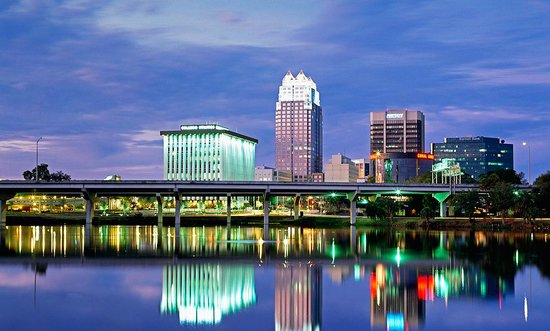
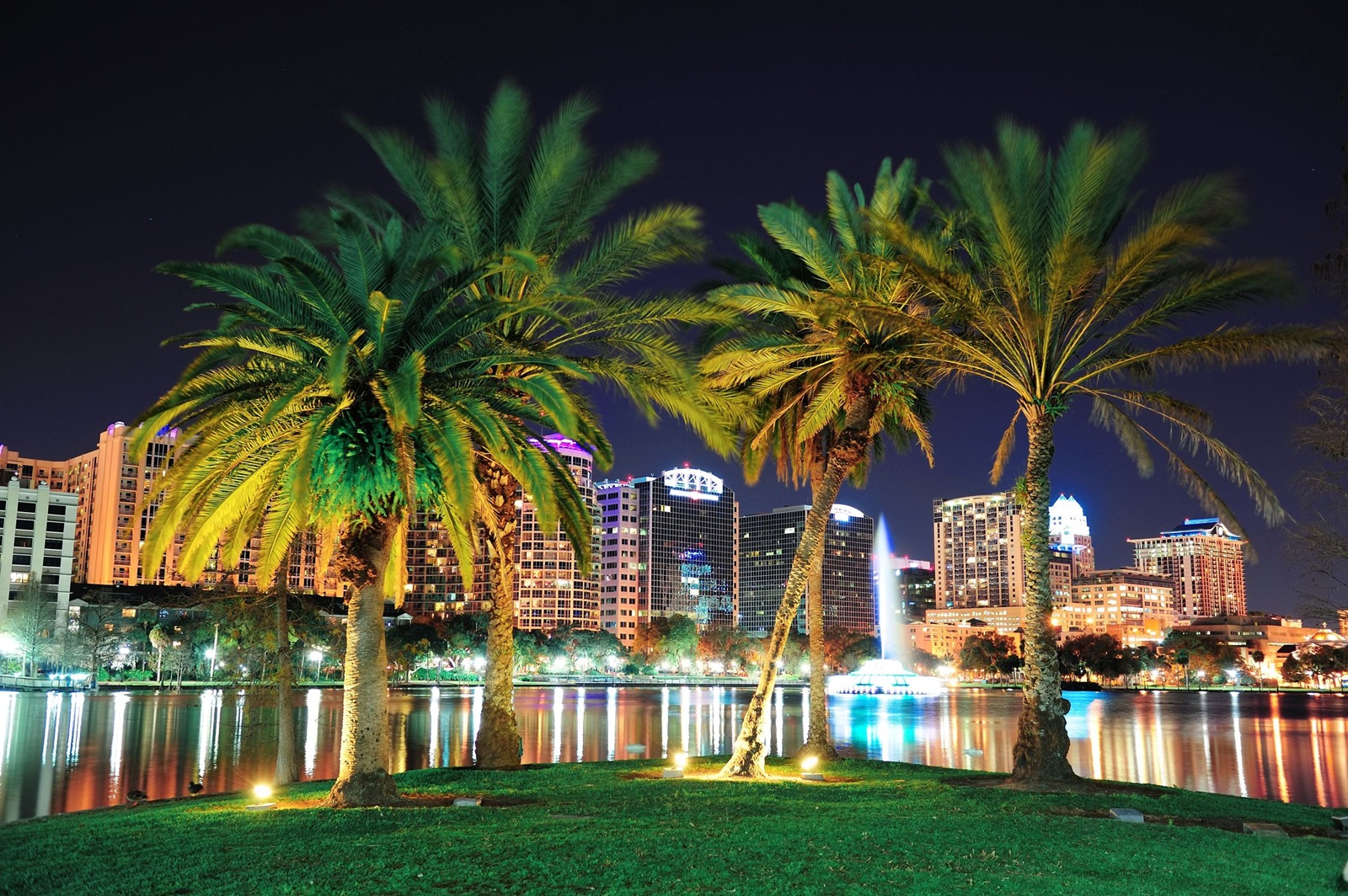

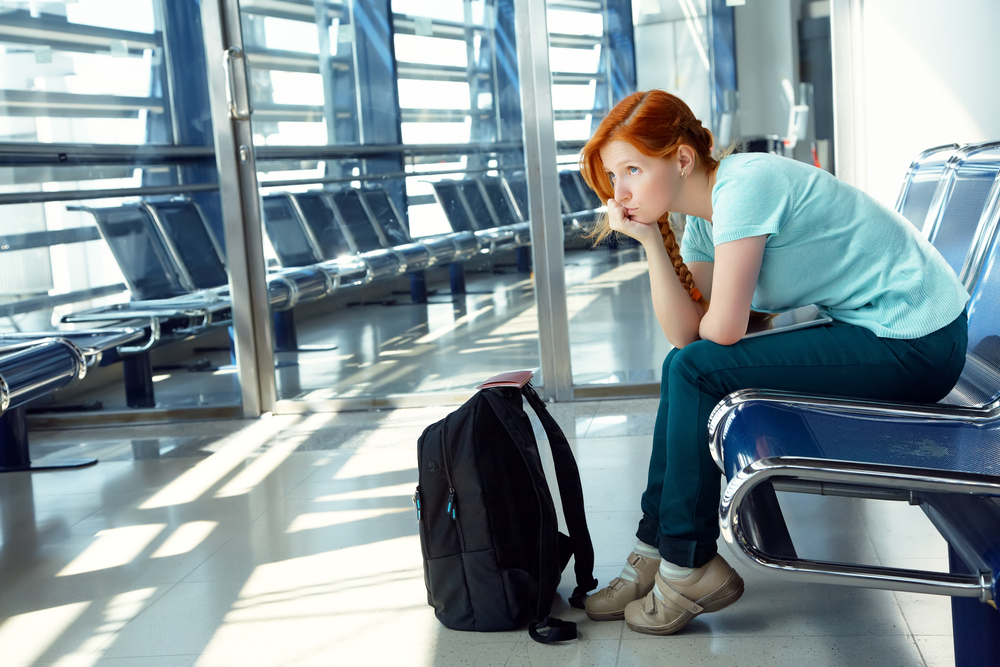
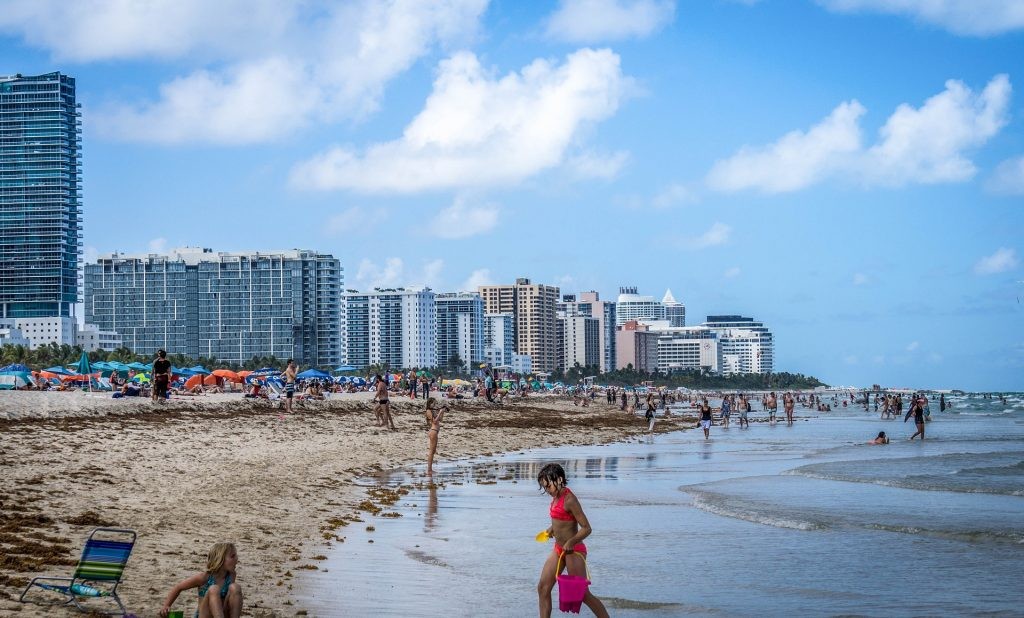
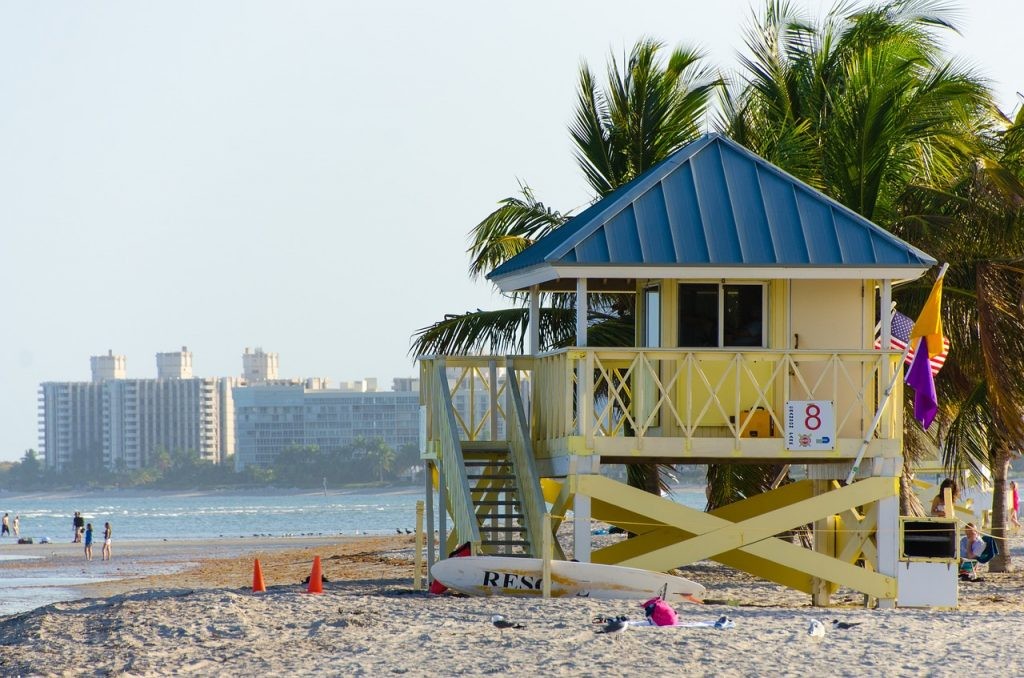
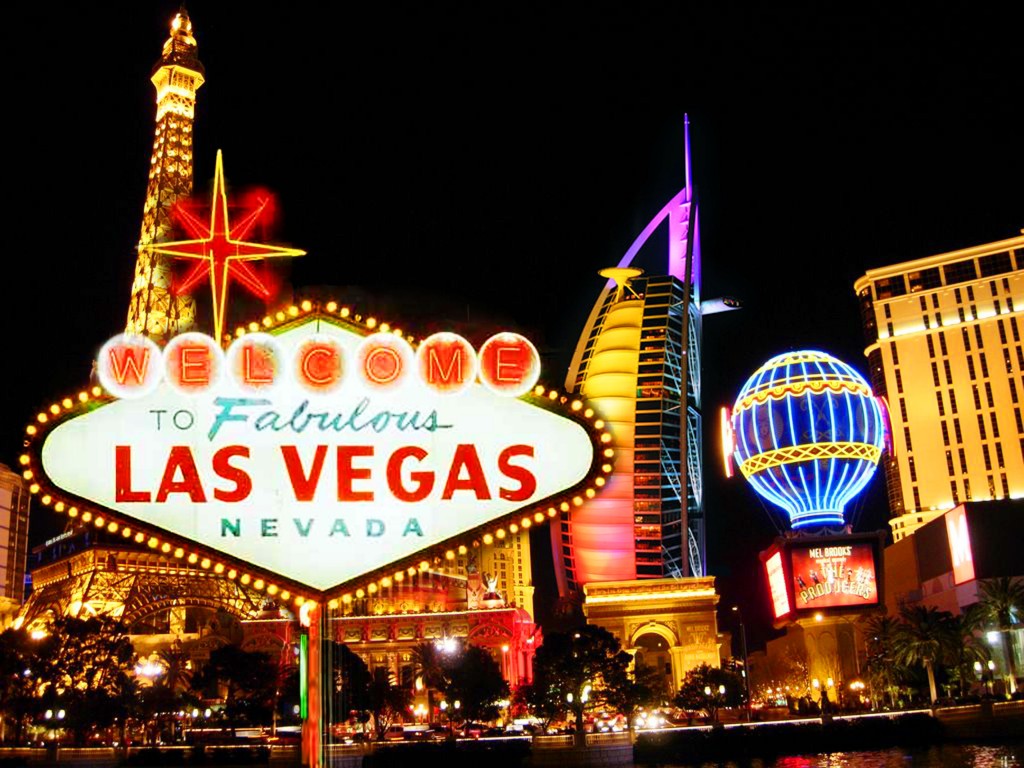

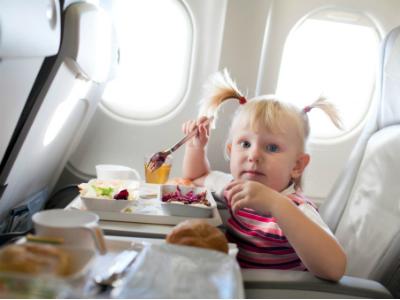
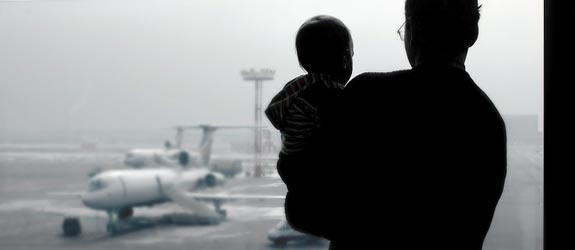
Recent Comments